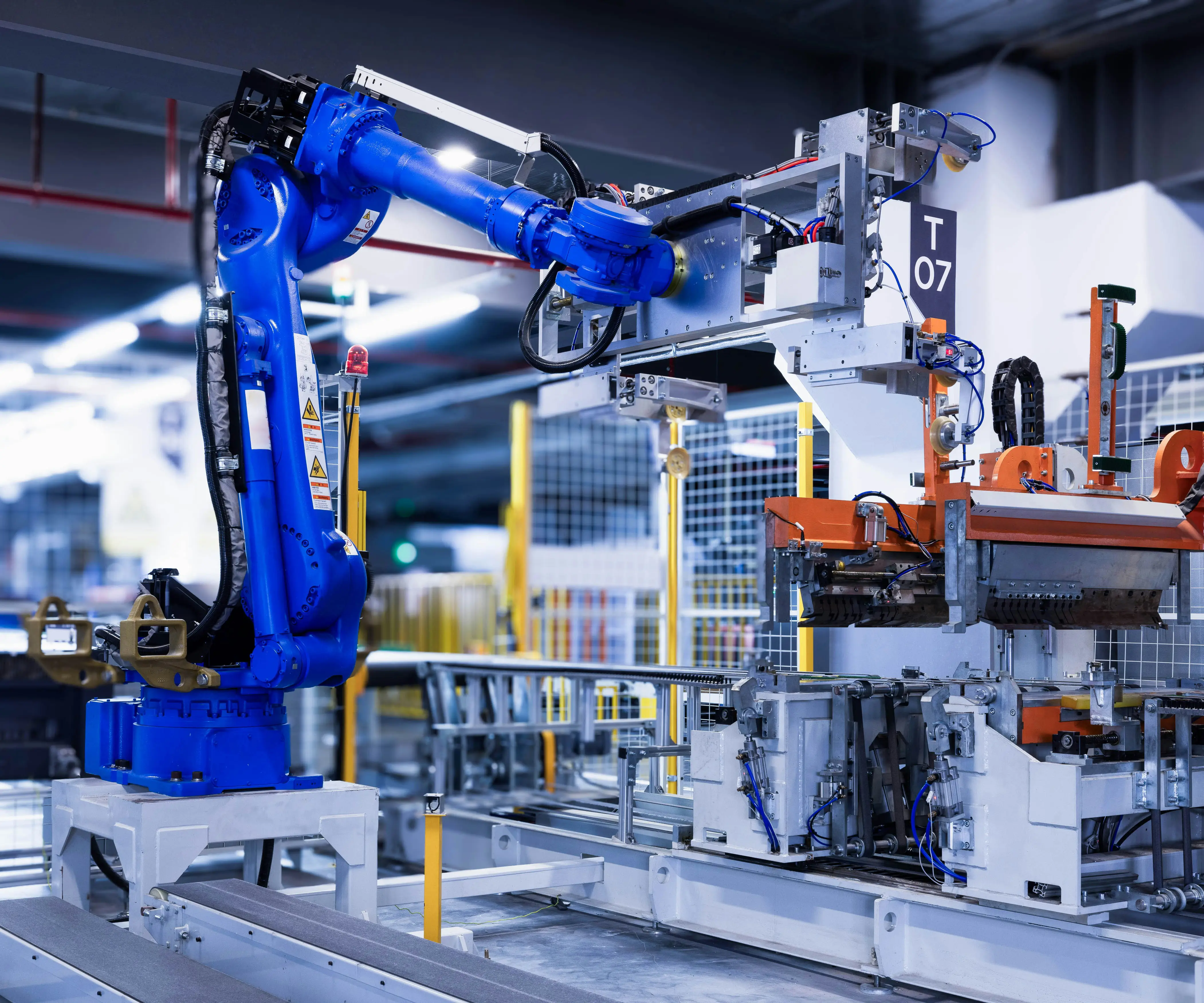Imagine your application is like a bustling city. Traditionally, everything’s interconnected, and when one piece crashes, the whole city feels the tremor. But what if your app could be sliced into neighborhoods—each doing its own thing but still talking smoothly? That’s where microservice architecture shines.

Microservices are like having a bunch of little shops instead of one giant supermarket. Instead of a monolithic codebase, you get separate modules—each responsible for a specific function. Want to update the payment system? Just tweak that microservice without messing with user profiles or messaging. It’s speedy, flexible, and keeps your system resilient.
Now, layering on the REST pattern? Think of it as the universal language these microservices speak. REST (Representational State Transfer) is a set of rules that makes communication between services simple, stateless, and scalable. You send a request, it responds — no fuss, no baggage. It’s like ordering at your favorite drive-thru: quick, straightforward, and you get what you asked for.
Picture this: you're building a ride-hailing app. With microservice architecture, there might be separate services for user profiles, ride matching, payment processing, and notifications. REST APIs connect these pieces seamlessly. If surge pricing kicks in, updating just the pricing microservice is enough to adapt, without touching the app’s core. Fast, flexible, and less prone to total breakdowns.
People often ask, “Why not just go monolithic?” Well, that’s like trying to fix a broken car by replacing the entire engine every time. It’s slow, expensive, and cumbersome. Microservices with REST patterns dodge that bullet. They support continuous deployment, improve fault isolation, and make scaling a breeze. Want more traffic? Spin up more instances of the ride-matching service. It’s like having a magic button for scaling on demand.
And let’s be real—adopting microservice architecture isn’t just about cutting-edge tech. It’s about future-proofing your platform. As user demands grow, you don’t want your system to buckle. Instead, you want it to bend, adapt, and thrive. REST makes sure your microservices stay connected without creating a spaghetti mess. It’s a tidy, efficient way to grow.
So, why settle for cumbersome architecture when you can have a modular, nimble ecosystem? Microservices combined with REST are a clear path to a resilient, scalable digital presence. It’s not just a tech upgrade; it’s an evolution toward smarter, more agile systems that adapt as quick as your ideas do.
Established in 2005, Kpower has been dedicated to a professional compact motion unit manufacturer, headquartered in Dongguan, Guangdong Province, China. Leveraging innovations in modular drive technology, Kpower integrates high-performance motors, precision reducers, and multi-protocol control systems to provide efficient and customized smart drive system solutions. Kpower has delivered professional drive system solutions to over 500 enterprise clients globally with products covering various fields such as Smart Home Systems, Automatic Electronics, Robotics, Precision Agriculture, Drones, and Industrial Automation.




































